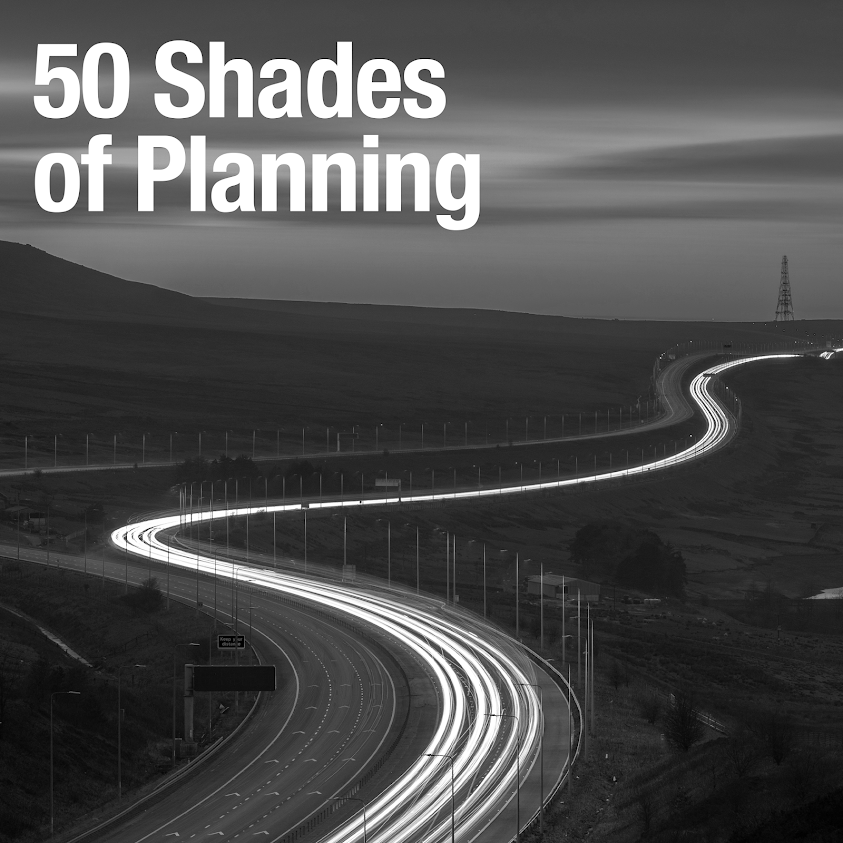In the tried and tested way of beginning a speech this post begins with a definition. Two definitions in fact.
The dictionary definition of examination is a detailed inspection or
study.
In relation to local development documents, the legal definition of examination could be that it determines whether a plan both satisfies the requirements of plan preparation and is sound.
Armed with that knowledge, and imagining that we are local campaigners objecting to a proposed urban extension, let us consider this statement from Mr Pickles to the Communities & Local Government Select Committee:
"We’ve had informal discussions with the Inspectorate, we’re going
about it in a proper way, but I do not anticipate many rejections from those
that are already submitted."
It was apparent early in the LDF regime that the Examination In Public (EIP) was not as forensic a process as the former local plan inquiries. Since the publication of the NPPF though there have been occasions where it has been difficult to distinguish an EIP from a rubber-stamping exercise because the starting point of most inspectors appears to be that the plan before them is sound unless there is a very clear and very obvious reason why it isn't.
The implication of this is that the real examination of a local plan is taking place before the actual examination. Consider this from the Inspectorate's own procedural guidance:
"The Planning Inspectorate is doing all it can to ensure that plans do not go fully through the examination process only to be found unsound and incapable of being made sound through main modifications."
I posted an update recently on the Bury Core Strategy and an exploratory meeting called by an inspector to discuss issues identified during his 'initial assessment'. One imagines that if these issues are not found to be significant the plan will proceed to examination and will be sound. One also imagines that if these issues are found to be significant the LPA, Bury, will request to either withdraw the plan or postpone the examination to deal with them.
The implication of this approach to participants in the process is quite clear. The examination is actually happening before the examination and so anybody expecting to turn up at the EIP to influence proceedings is likely to go home disappointed. All of the material to either support or object to the LPA's position needs to be submitted at the Publication draft stage if it is going to have any influence on the inspector.
This has been clear to professional participants in the process for a while and Mr Pickles' remarks serve to reinforce that, but how would our imaginary campaigners feel to see their urban extension effectively rubber-stamped? I have blogged previously on the promotion of localism in planning and an examination process that the public find really isn't a 'detailed inspection or study' further widens the gap between rhetoric and reality.

Comments
Post a Comment